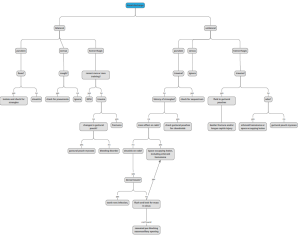LA Respiratory Issues
Diagnostics
Respiratory disorders should first be localized using history and physical examination findings. Definitive diagnosis may require additional evaluation using cultures, radiography (plain and/or contrast), endoscopy, CT scans, ultrasound, and occasionally MRI or scintigraphy. One of the most useful first steps is a good oral examination. Clues of dental disorders are often evident with a careful exam. Skull radiographs are challenging to interpret, making CT scans the gold standard for many lesions in the head, particularly tooth and sinus disease.
Endoscopy of the nasal passages and throat can be performed standing or in the moving horse. For horses with unilateral nasal discharge, checking the middle meatus can be very useful.
For horses with respiratory issues (not nasal discharge), moving endoscopy may be needed. Standing examinations are much easier to perform; however, some abnormalities seen on standing examinations may disappear during exercise while different lesions appear. In general practice, the primary goal is generally to determine if advanced diagnostics are indicated and provide options to the client.
A sinus flap can be useful for both diagnostics and therapy. See this youtube video
A draft flowchart for evaluating nasal discharge- downloadable version

Exercises
Level B
Organize the steps needed to sample a sinus:
Resources
Identifying the causes of chronic unilateral nasal discharge in the horse . EVE 2025, pp 117-124
Anatomy and Diagnostic Imaging of the Equine Paranasal Sinuses – UGA free ibook
Respiratory Disease Diagnostics in the Horse, VCNA: Equine Practice, August 2015, Vol.31(2), pp.307-336
Field Examination of the Equine Patient with Nasal Discharge, VCNA: Equine Practice, Volume 13, Issue 3, December 1997, Pages 561-588- don’t laugh too hard

